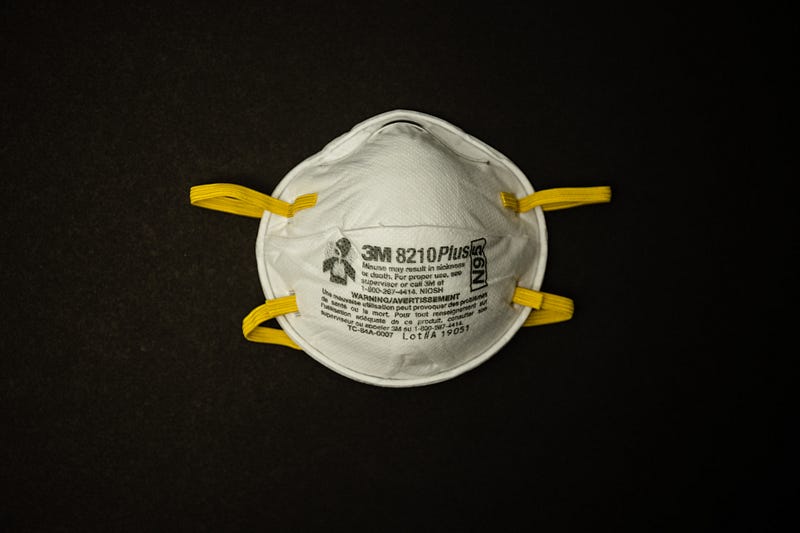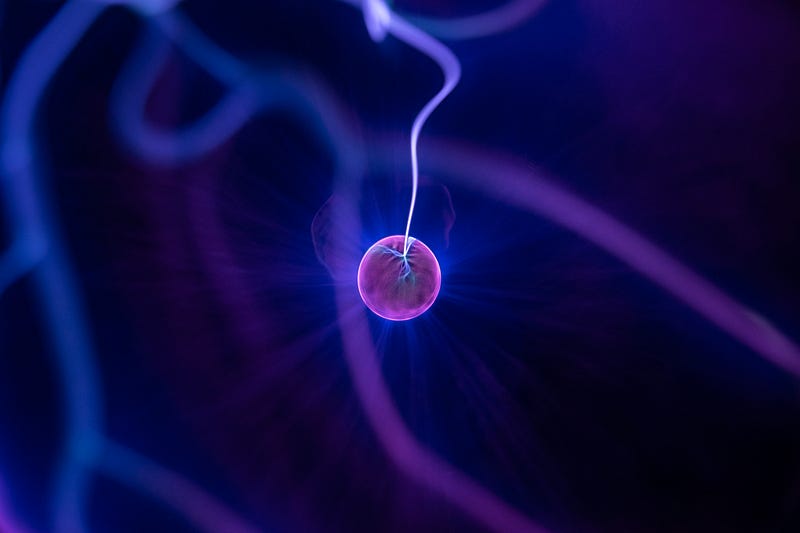The Jaw-Dropping, Science Behind Working Of The N95 Masks
Before the Coronavirus pandemic, there is a decent chance that you did not know or even hear about the N95 mask.

The N95 masks have played a massive role in curbing the rapid spread of the globally feared, novel Coronavirus. For those of you doubting the effectiveness of a mere mask in stopping the onslaught of the pandemic, here is research that says otherwise.
Several types of face-masks have been proven to counter the Covid-19 with varying degrees of potency, but, for now, let us keep our sights focused on the N95 masks and its clever working principle.
“Well, so if you thought that the N95 mask is a really fine mesh which prevents life-threatening pathogens from entering your body” you are not wrong but, it’s working is a little more complicated than that. For starters, the “N” stands for NON-OIL meaning that the mask is supposed to be used in an environment where the air is free of suspended oil particles such as vegetable oil, lubricants, and petroleum. The 95 defines the percentage efficiency, same as in the HEPA quality filter, meaning that 95% of the airborne impurities are filtered out.
The Phenomenal Physics Of The Inner Filtration Layer

The filtration layer is made up of non-woven electrostatically charged polypropylene fibers which are manufactured by the conventional melt-blowing procedure (a standard procedure used in making nano & microfibers). The gaps between any given adjacent fibers are generally much larger than the particles it filters out. So then, how does the mask stop the potentially hazardous particles from passing through?
The underlying objective of the mask is to get an airborne particle to connect with the fibers of the mask which, in turn, results in the particle being stuck to the fibers regardless of its size making sure that the particle doesn’t become airborne again.
The cause of this phenomenon cannot be entirely credited to the non-woven electrostatically charged polypropylene fibers, but it has something to do with the size of the suspended particles. The mask can typically filter out particles up to 0.3 microns, on scaling down to the microscopic world, everything becomes quite sticky due to the presence of weak attractive forces (also known as van der Waals forces) acting between particles. This weak attractive force is more than strong enough to hold the microscopic particles in its place without letting them become airborne. So, when you think of an N95 mask, think of it more like a sticky spider web that catches insects irrespective of the size as long as it touches the strands.
Do all the particles come in contact with the polypropylene fibers?
Well, the answer to this depends on the size of the particles apart from which it also decides the efficiency percentage of the mask.
- Particles of size >1 micron: These particles travel in a relatively straight line due to their inertia. Since the masks contain several layers of fibers, the straight-line paths inherently guarantee that the particles will come across some fibers and stick to it. This phenomenon is called “Capture By Inertial Impaction”
- Particles of size <0.1 microns: These airborne particles are very small, in fact, smaller than anything we can ever imagine. Their weight is also very negligible, meaning that they get deflected by air molecules in an event of a collision. So they move around in a random zig-zag pattern known as Brownian motion. The Brownian motion makes it very likely that the particle will bump into a fiber and get stuck. This phenomenon is called “Capture By Diffusion”
- Particles of sizes ranging between 0.99 microns & 0.1 microns: These are particles which are the hardest to filter as they neither travel in straight lines nor do they follow the Brownian motion. They are instead carried around by the air molecules which results in them easily circumventing the layers of fiber. To overcome this drawback the fibers used in the N95 masks are specifically electrostatically charged, thereby attracting 10 times as many particles as a regular fiber would do, ensuring that none of the mobile particles can pass through. This phenomenon is called “Capture by electrostatic attraction”
Conclusion
Thus, by incorporating a series of ingenious techniques the engineers of this simple yet complicated respiratory device have made an immense amount of difference in the lives of countless human beings with the difference, perhaps being a matter of life and death.
The next time you pick an N95 mask, try not to be ignorant of the amount of technological innovation, which has gone into making it. Remind yourself that this simple device might have saved you from getting diagnosed with a deadly disease that might have costed your life otherwise. At this very moment, there might be a live viral strain stuck in your mask, if not for the mask the virus would have infected you which in turn would have led to a chain of unprecedented events, who knows? All we can do is feel grateful about it and inevitably move forward with the flow time while experiencing and trying to understand, perhaps one of the strangest phenomena in the cosmos “LIFE”.
